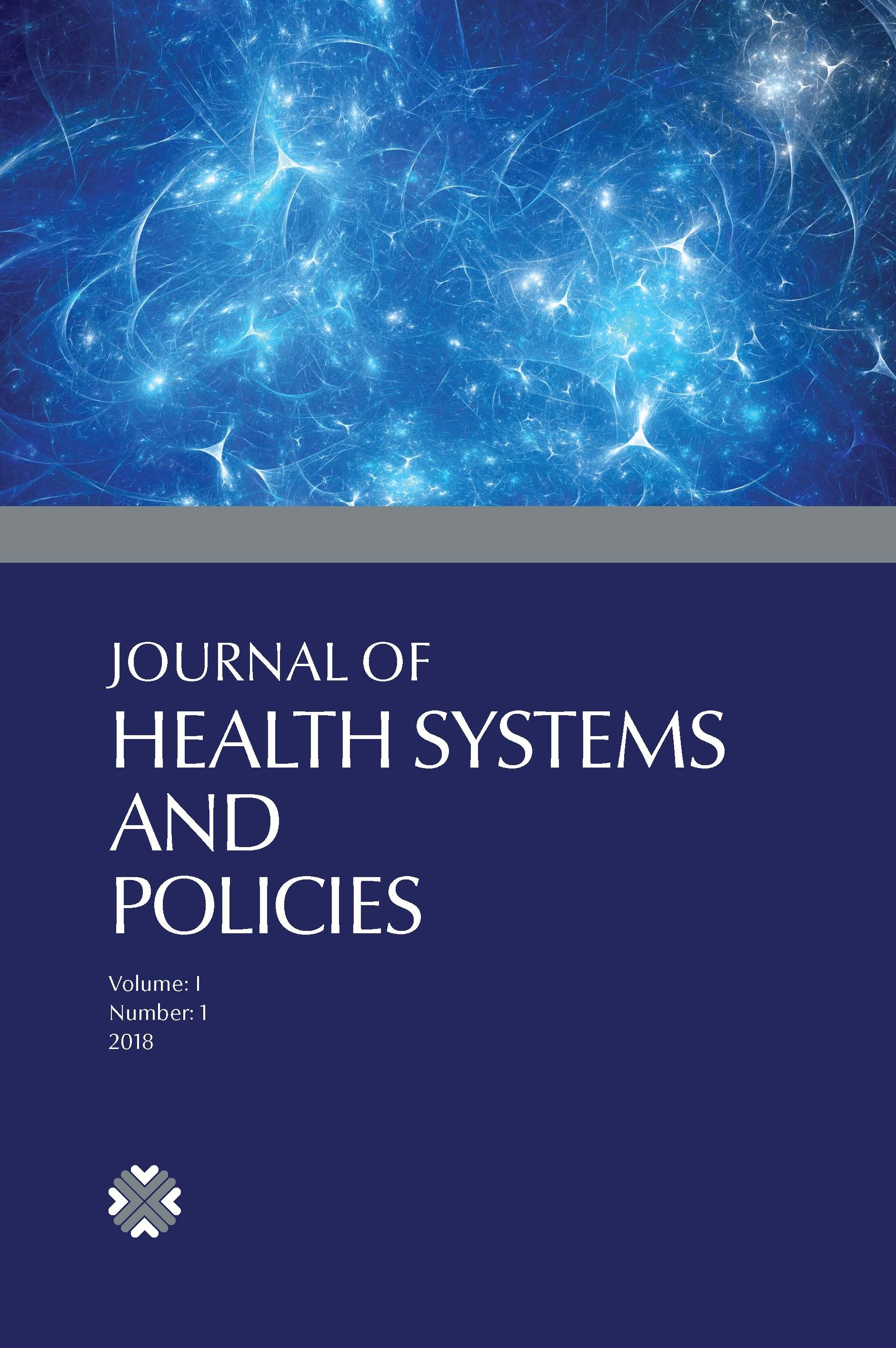Prevalence of Cutaneous Leishmaniasis in Alert Center, Retrospective Analysis, Addis Ababa
Prevalence of Cutaneous Leishmaniasis in Alert Center, Retrospective Analysis, Addis Ababa
Leishmaniasis, Cutaneous leishmaniasis, Trend,
___
- Bari, A., Yusuf, R., Bangash, T., Ejaz, A. (2012). Mucocutaneous leishmaniasis in central Punjab and Azad Kashmir regions of Pakistan. Journal of Pakistan Association of Dermatologists, 22,191-196.
- Bekele, S., Bekele, Y., Mulatu, F., Lemma, T., Tilahun, H., Bizuneh, E., Negussie, S., Yamuah, L., Wassie, L., Abebeb, M., Aseffa, A. (2014). Recent trends of cutaneous leishmaniasis in Alert Hospital, Addis Ababa. Ethiopia Medical Journal, 1,37-41.
- Bugssa, G., Hailu, A., Demtsu, B. (2014). The current status of cutaneous leishmaniasis and the pattern of lesions in Ochollo primary school students, Ochollo, Southwestern Ethiopia. Science Journal of Clinical Medicine, 3,111-116.
- Bsrat, A., Berhe, N., Balkew, M., Yohannes, M., Teklu, T., Gadisa, E., Medhin, G., Abera, A. (2015). Epidemiological study of cutaneous leishmaniasis in Saesie Tsaeda-emba district, eastern Tigray, northern Ethiopia. Parasites and Vectors, 8,1-9.
- Claborn, D. M. (2010). The biology and control of leishmaniasis vectors. Journal of Global Infectious Diseases, 2,127-134.
- Goto, H., Lindoso, J. A. L. (2010). Current diagnosis and treatment of cutaneous and mucocutaneous leishmaniasis. Expert Review of Anti-infective Therapy, 8,419-433.
- Handman, E. (1999). Cell biology of leishmania. Advances in Parasitology, 44,1-39.
- Karami, M., Doudi, M., Setorki, M. (2013). Assessing epidemiology of cutaneous leishmaniasis in Isfahan, Iran. Journal of Vector Borne Diseases, 50,30-37.
- Karimkhani, C., Wanga, V., Naghavi, P., Dellavalle, R. P., Naghavi, M. (2017). Global burden of cutaneous leishmaniasis. The Lancet Infectious Diseases, 17,264.
- Negera E., Gadisa E., Yamuah L., Engers H., Hussein J., Kuru T., Hailu, A., Gedamu, L., Aseffa, A. (2008). Outbreak of cutaneous leishmaniasis in Silti woreda, Ethiopia: Risk factor assessment and causative agent identification. Transactions of the Royal Society of Tropical Medicine and Hygiene, 102,883-890.
- Sunyoto, T., Verdonck, K., El Safi, S., Potet, J., Picado, A., Boelaert, M. (2018). Uncharted territory of the epidemiological burden of cutaneous leishmaniasis in sub-Saharan Africa—A systematic review. Plos Neglected Tropical Diseases, 12,6914.
- Tilahun, F., Alemu, W., Mulatu, G. (2014). Magnitude and associated factors of cutaneous leishmaniasis; in Mekelle city, Ayder Referral Hospital, Tigray, Northern Ethiopia, 2014. Clinical Medicine Research, 3,189-199.
- Valero, N. N. H., Uriarte, M. (2020). Environmental and socioeconomic risk factors associated with visceral and cutaneous leishmaniasis: a systematic review. Parasitology Research, 119,365-384.
- ISSN: 2667-4920
- Yayın Aralığı: Yılda 2 Sayı
- Başlangıç: 2018
- Yayıncı: İstanbul Medipol Üniversitesi
Maternal and Child Health in Northern Cyprus
Prevalence of Cutaneous Leishmaniasis in Alert Center, Retrospective Analysis, Addis Ababa
Sebsib NEWAY, Biruk YESHİTELA, Binyam MEBRAT, Gizeyalew AYALEW
Health Problems Accompanying the Call for ‘Stay-at-Home’ During the Pandemic
Muhammed Emin GÖKTEPE, Ali Timucin ATAYOGLU, Hammad KHAN, Onur ÖZTÜRK
